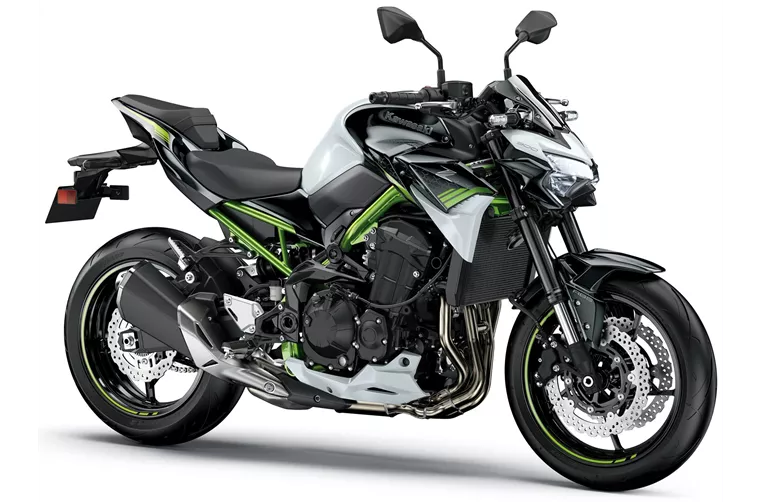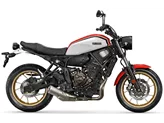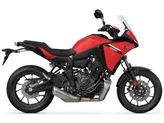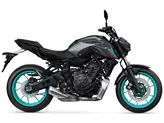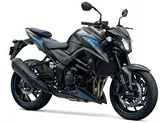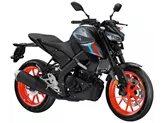Yamaha MT-07 2018 vs. Kawasaki Z900 2020

Yamaha MT-07 2018
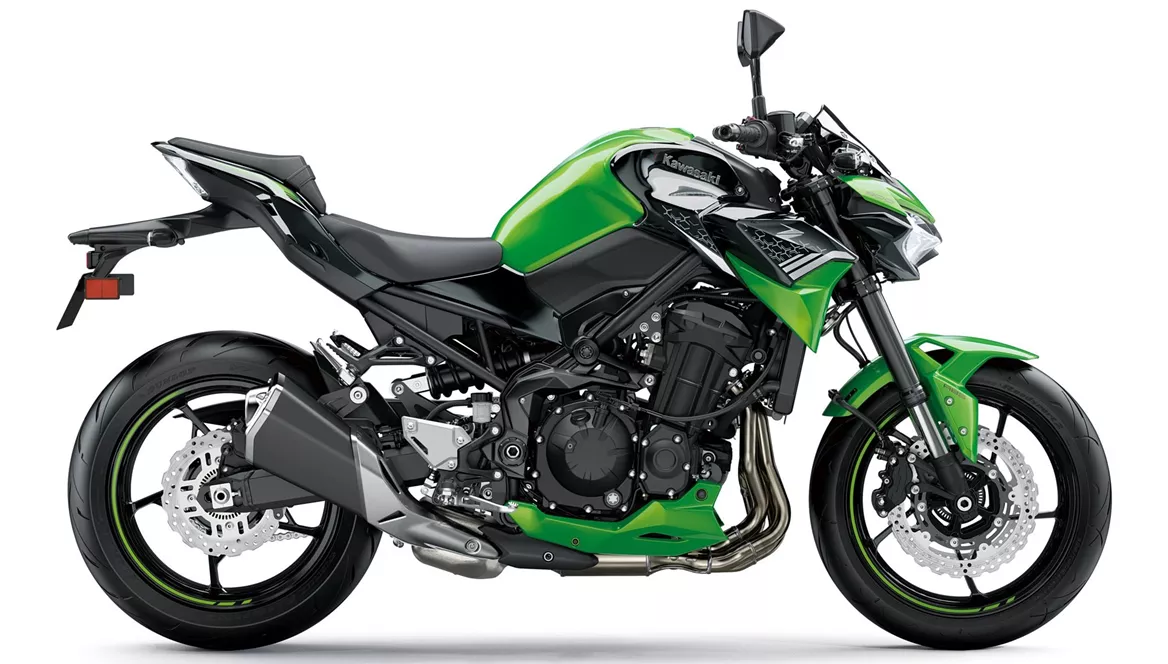
Kawasaki Z900 2020
Overview - Yamaha MT-07 2018 vs Kawasaki Z900 2020
The Yamaha MT-07 2018 and the Kawasaki Z900 2020 are both naked bikes that offer a thrilling riding experience. While they have some similarities in terms of engine type, front and rear tire dimensions, and double disk front brakes, there are also notable differences between the two models.
In terms of engine power, the Yamaha MT-07 2018 is equipped with a 2-cylinder inline engine that delivers 75 HP, while the Kawasaki Z900 2020 boasts a more powerful 4-cylinder inline engine with 125.4 HP. This significant difference in power output gives the Kawasaki Z900 an advantage in terms of acceleration and top speed.
The torque output also differs between the two models, with the Yamaha MT-07 producing 68 Nm of torque and the Kawasaki Z900 generating 98.6 Nm. This higher torque figure of the Z900 contributes to its strong acceleration and overall performance.
Both bikes feature liquid cooling systems, ensuring optimal engine temperature during long rides. The Yamaha MT-07 has a displacement of 689 ccm, while the Kawasaki Z900 has a larger displacement of 948 ccm. This larger engine size of the Z900 provides it with more power and torque, resulting in a more exhilarating riding experience.

Yamaha MT-07 2018
In terms of suspension, the Yamaha MT-07 2018 is equipped with a telescopic fork front suspension, while the Kawasaki Z900 2020 features an upside-down telescopic fork front suspension. The upside-down design of the Z900's front suspension provides better stability and improved handling, giving it an edge in terms of maneuverability.
Both bikes have steel frames, ensuring a sturdy and durable structure. The front and rear tire dimensions are the same for both models, with a width of 120 mm and a diameter of 17 inches. This ensures good grip and stability on various road surfaces.
The wheelbase of the Yamaha MT-07 is 1400 mm, while the Kawasaki Z900 has a slightly longer wheelbase of 1450 mm. This longer wheelbase of the Z900 contributes to its stability at high speeds and during cornering.
In terms of seat height, the Yamaha MT-07 has a seat height of 805 mm, while the Kawasaki Z900 has a slightly lower seat height of 795 mm. This lower seat height of the Z900 may be more suitable for riders with shorter inseams.
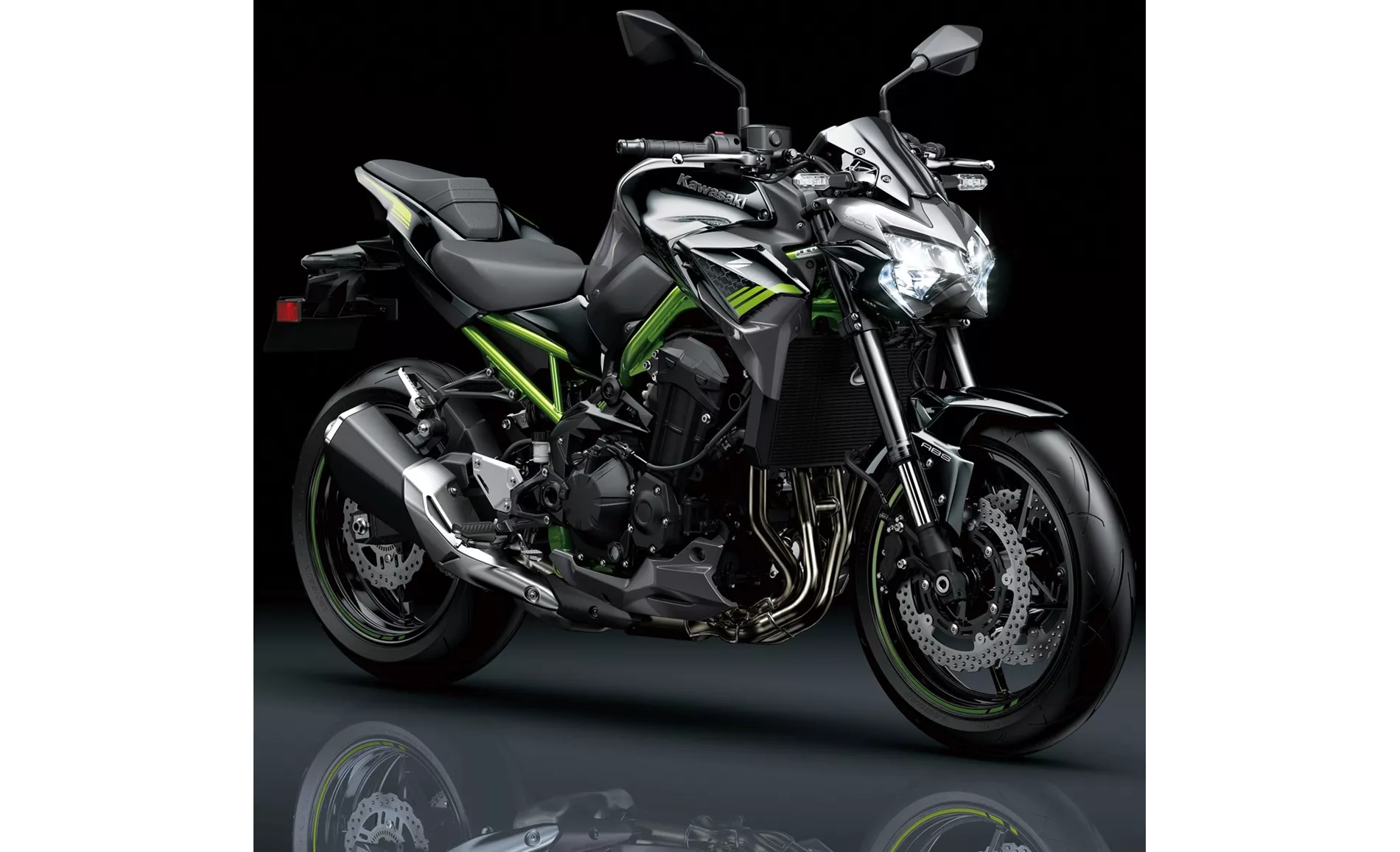
Kawasaki Z900 2020
When it comes to weight, the Yamaha MT-07 weighs 182 kg (with ABS), while the Kawasaki Z900 is slightly heavier at 210 kg (with ABS). The lighter weight of the MT-07 contributes to its nimble and agile handling, making it easier to maneuver in tight spaces.
In terms of strengths, the Yamaha MT-07 2018 is praised for its extremely agile engine, light handling, low weight, aggressive angular look, powerful brakes, comfortable seating position, and throaty sound. On the other hand, the Kawasaki Z900 2020 is known for its powerful four-cylinder engine, great handling, good equipment, aggressive looks, and value for money.
However, there are also weaknesses associated with each model. The Yamaha MT-07 has a chassis that is considered a little soft, footrests that drag quickly, some cheap plastic parts, a boring telescopic fork, and instruments that could be easier to read. The Kawasaki Z900, on the other hand, has a menu navigation system that can be tiring to use and lacks the option for a quickshifter.
In conclusion, while both the Yamaha MT-07 2018 and the Kawasaki Z900 2020 offer exhilarating riding experiences, the Kawasaki Z900 stands out with its more powerful engine, better handling, and overall value for money. However, the Yamaha MT-07 excels in terms of lightness, agility, and comfortable seating position. Ultimately, the choice between the two models will depend on the rider's preferences and priorities.
Technical Specifications Yamaha MT-07 2018 compared to Kawasaki Z900 2020
Pros and Cons in comparison
Pros and Cons in comparison
Yamaha MT-07 2018

La MT-07 est une incroyable machine de plaisir qui se laisse conduire de manière extrêmement sportive. Les freins sont très puissants, la maniabilité est excellente et le moteur est de loin le plus agile de sa catégorie - et même au-delà. La maniabilité s'y prête parfaitement et le design agressif avec ses nombreux angles et arêtes peut également plaire. Seul le châssis fait le bon compromis typique entre confort et sport et doit probablement rappeler que la MT-07 bon marché a aussi quelque chose à offrir aux débutants.
Kawasaki Z900 2020
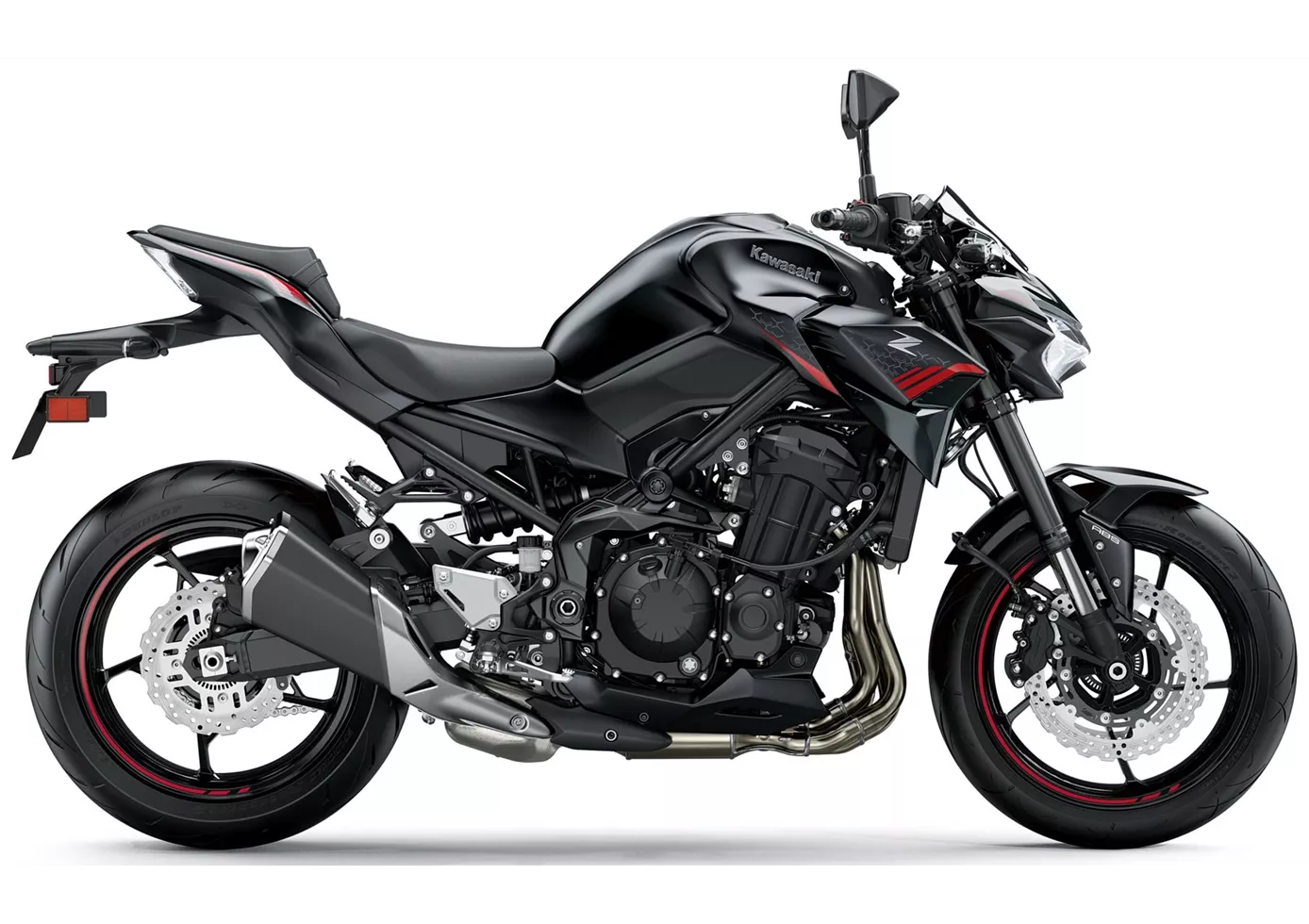
En termes de rapport qualité-prix, la Kawasaki Z900 est actuellement difficile à battre. Avec son moteur parfaitement réglé, ses composants de châssis de haute qualité et l'électronique ajoutée pour 2020, cette naked bike offre tout ce que les conducteurs sportifs recherchent. Il n'y a rien à redire, même si l'option Quickshifter aurait été un plus appréciable. En dehors de cela : un grand coup, Kawasaki !
Price Comparison Avarage Market Price Yamaha MT-07 vs Kawasaki Z900
There are a few key differences between a Yamaha MT-07 2018 and a Kawasaki Z900 2020. In terms of price, the actual average price of a Kawasaki Z900 2020 is about 36% higher. Compared to Kawasaki Z900 2020 there are less Yamaha MT-07 2018 bikes available on the 1000PS.de Marketplace, specifically 28 compared to 34. It takes less time to sell a Yamaha MT-07 with 54 days compared to 124 days for a Kawasaki Z900. Since model year 2013 1000PS.de editors have written 69 reviews for the Yamaha MT-07 and 46 reviews for the Kawasaki Z900 since model year 2017. The first review for the Yamaha MT-07 was published on 11/4/2013 and now has more than 12,600 views. This compares to more than 93,200 views for the first review on Kawasaki Z900 published on 11/11/2016.

